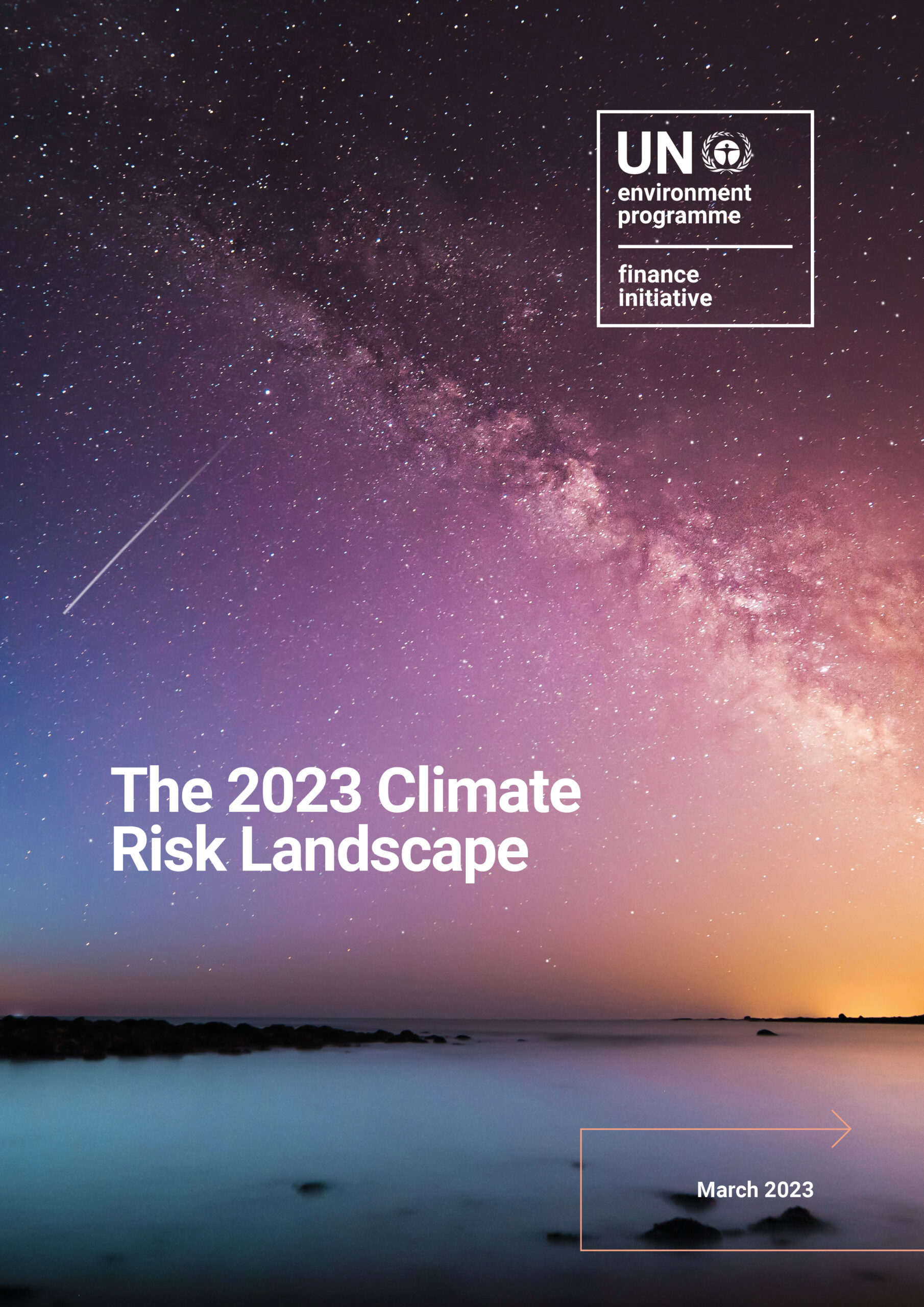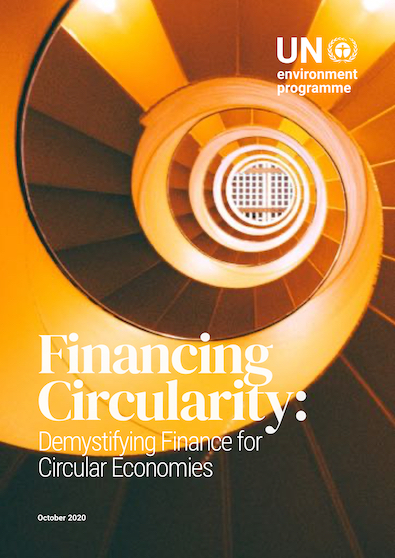There is an urgent need to transition to economies that embed circularity and are aligned with global sustainable consumption and production goals. Financial institutions have a critical role to play and can take practical steps to finance the transition.
UNEP’s report Financing Circularity: Demystifying Finance for the Circular Economy outlines how the financial sector can scale up financing to accelerate the shift to circular business models in order to keep resources at their highest value long-term and to reduce waste. The report explores strategies and actions that financial institutions can take to manage related risks and opportunities. Opportunities include rethinking of the design and manufacturing of products and services, reducing inputs in agricultural production, and digital solutions to transform industries, coupled with waste management models designed to close material and resource loops.
Download the report in English Download the report in Spanish
The transition could generate USD 4.5 trillion in annual economic output by 2030 according to Accenture, but financial institutions lack awareness of circularity and still need to develop expertise, products and services to harness opportunities. The report provides insights into approaches to financing circularity and explores transitions under way in sectors such as construction, chemistry, electronics, food and agriculture, manufacturing, apparel and fashion, mining and energy, and cross-cutting innovation in areas such as digital technology. The growth of circular business models will require innovation and structural change of production and consumption systems and corresponding technological change. Substantial financial resources are needed to form a pathway for more resilient economic growth that enhances system-wide economic efficiency and the optimal use of financial capital.
Recommendations for banks, insurers and investors to accelerate financing circularity include:
- Manage linear and circular risks and opportunities by applying the circularity or 9-R concept in risk policies, product development and client engagement: Refuse, Reuse, Reduce, Redesign, Repurpose, Remanufacture, Repair, Refurbish, Recycle.
- Integrate circularity into strategies and environmental, social and governance (ESG) criteria.
- Set targets on resource efficiency.
- Re-orient loans and investments towards more sustainable technologies and business models
- Make financing circularity an opt out rather than an opt in in mainstream financial instruments.
- Develop sectoral knowledge and competencies to identify best practices for circular economy business models and financing opportunities, and apply sectoral metrics in decision-making.
- Raise awareness of resource efficiency, the circular economy market, material flows and changing consumer demand in your organization and among clients and investees.
- Develop knowledge of how changes of environmental laws and fiscal policies linked to resource consumption and waste may affect companies’ license to operate and competitiveness.
- Monitor and create decent employment opportunities through circular economic growth.
- Evaluate how your institution can contribute to financing the transition under key financial industry frameworks such as UNEP Finance Initiative’s Principles for Responsible Banking and Principles for Sustainable Insurance.
- Measure and scale up circular economy finance on your balance sheet across lending, investment and insurance.
- Contribute to standardisation of circular metrics and financial instruments
The report also identified the need for governments to provide the financial sector with incentives and an enabling policy and legislative framework in order to accelerate a systematic, concrete and scalable approach to integrating circularity into financial products and services. Recommendations for policymakers, financial industry regulators and supervisors to address barriers and stimulate opportunities include:
- Integrate measures to catalyze a just transition to a circular economy into climate policies, rules and regulations.
- Build back better to embed circularity in economic growth and focus on a resilient and inclusive recovery.
- Implement policies, laws and related instruments to address systemic barriers to circularity and create incentives.
Demystifying the emerging opportunities for financing new investments that enhance resource efficiency, drive innovation, and create new sources of revenue and markets, this report shows how financing circularity can open up opportunities for first movers, and the necessary steps for pioneers of the circular economy — a key pathway to making consumption and production more sustainable and delivering on the 2030 Agenda.



